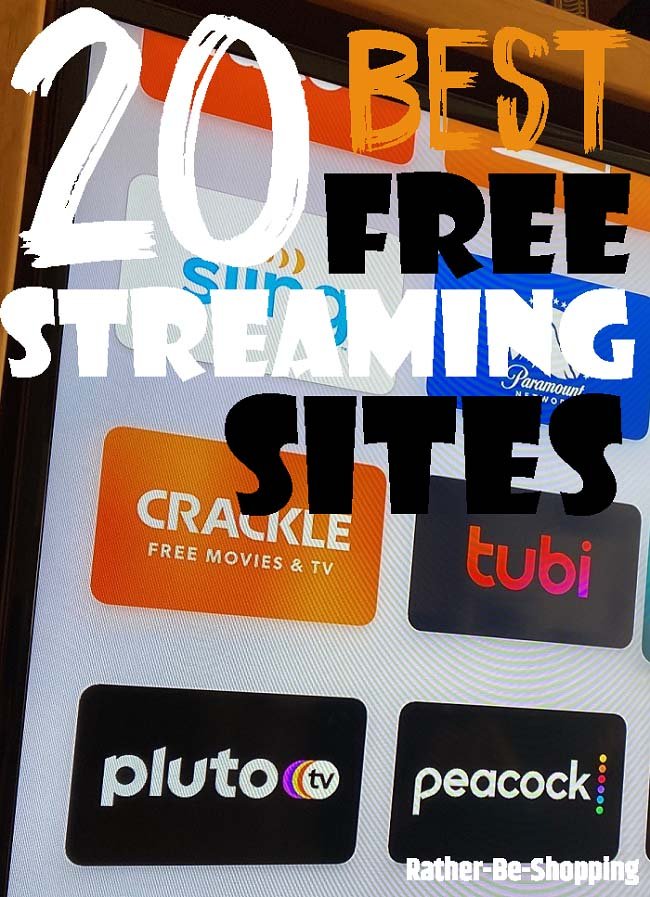
Unleashing the Digital Waves: The Evolution and Future of Online Streaming

In recent years, online streaming has transformed the way we consume content, revolutionizing the entertainment landscape. What began as a niche service for tech-savvy individuals has swiftly grown into a mainstream phenomenon, captivating audiences across the globe. From binge-watching the latest series to streaming live sports events, the shift from traditional media to digital platforms has reshaped our daily experiences.
As we delve into the evolution of online streaming, it is essential to recognize the driving forces behind its rapid ascent. The advent of faster internet speeds, the proliferation of smartphones, and the rise of on-demand viewing have all contributed to a culture where convenience is king. With an ever-expanding library of content at our fingertips, audiences are now more empowered than ever, leading to unprecedented changes in how we create, share, and enjoy entertainment. Looking ahead, the future of online streaming promises even more innovation, offering exciting possibilities for consumers and creators alike.
The Rise of Online Streaming Platforms
The emergence of online streaming platforms transformed the way content is consumed and distributed. In the early days of the internet, users relied on download-based services or traditional media. However, the rise of faster internet connections and advancements in technology made it possible to stream high-quality audio and video content seamlessly. This evolution caught the attention of both consumers and content creators, leading to an explosion of various platforms that cater to diverse tastes and preferences.
As platforms like Netflix, Hulu, and Spotify gained popularity, they revolutionized entertainment consumption. Viewers began to favor the convenience of on-demand content that allowed them to watch or listen to their favorite shows and music whenever it suited them. The subscription-based model became widely adopted, offering users access to vast libraries of content for a flat monthly fee, thus replacing traditional pay-per-view models. This shift not only provided flexibility for audiences but also offered content creators new monetization opportunities.
The competitive landscape of online streaming platforms has led to a rich diversity of offerings in recent years. New players emerged, each bringing unique features to attract users. From niche platforms focusing on independent films to services dedicated to live sports, the choices have proliferated, catering to specific interests and demographics. As streaming continues to evolve, it is clear that the industry will keep adapting to changing consumer behaviors, preferences, and technological advancements, ensuring its position at the forefront of media consumption.
Impact on Entertainment and Media Consumption
The rise of online streaming has fundamentally transformed the landscape of entertainment and media consumption. With platforms like Netflix, Hulu, and Amazon Prime Video leading the charge, viewers now enjoy unprecedented access to a vast array of content at their fingertips. This shift has encouraged a move away from traditional television schedules and the limitations of cable subscriptions, enabling consumers to watch what they want, when they want. The convenience and flexibility of streaming services have significantly altered the way audiences engage with movies, shows, and documentaries.
Moreover, online streaming has democratized content distribution. Independent filmmakers and creators can now reach global audiences without the need for traditional gatekeepers. This has led to the emergence of diverse voices and stories that were previously marginalized in mainstream media. As a result, online platforms have become a fertile ground for innovation and experimentation in storytelling, allowing for niche genres and diverse cultural narratives to flourish. The accessibility of streaming also encourages avid discussions and communities online, as viewers share recommendations and connect over shared interests.
Looking ahead, the future of online streaming promises to be even more influential on entertainment consumption. With advancements in technology, such as virtual reality and augmented reality, streaming services may evolve to provide immersive experiences that further engage viewers. Additionally, the potential integration of interactive content will allow audiences to play a more active role in their viewing experiences. As streaming continues to dominate the media landscape, it will undoubtedly shape not only what content is available but also how stories are told and experienced in the years to come.
The Future of Streaming Technology
View Details
The future of streaming technology promises a transformative shift in how content is delivered and consumed. As advancements in internet speeds, bandwidth, and cloud computing continue to evolve, streaming platforms will be able to offer higher quality streams with minimal buffering. Innovations such as 5G technology will greatly enhance mobile streaming capabilities, allowing users to access vast libraries of content seamlessly, whether they are at home or on the go. The push for immersive experiences will also drive developments in virtual and augmented reality, creating new ways for audiences to engage with their favorite shows and films.
Personalization algorithms are expected to become even more sophisticated, tailoring content recommendations to individual preferences with remarkable accuracy. This evolution will lead to greater user satisfaction, as viewers are provided with relevant suggestions based on their viewing habits and preferences. As artificial intelligence plays a more significant role in content curation, streaming platforms will enhance the discovery experience, making it easier for users to find new and exciting shows or genres that resonate with them.
Moreover, the future of online streaming will likely see a rise in interactive content and live streaming experiences. This trend will open doors for viewers to engage with content creators in real time, enhancing the sense of community among audiences. The blending of traditional streaming with social media features will redefine audience interactions, making the viewing experience not just passive but actively engaging. As streaming technology continues to evolve, it will shape the entertainment landscape and redefine how we consume media.



